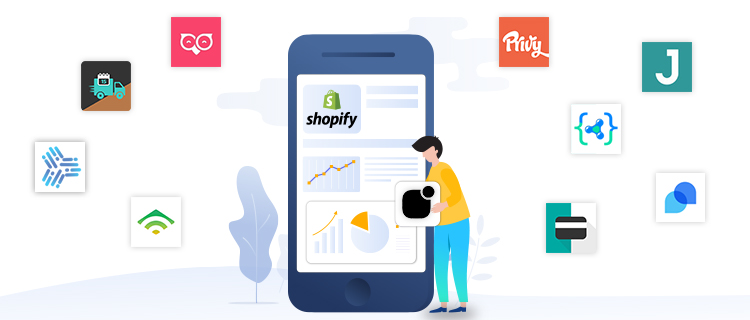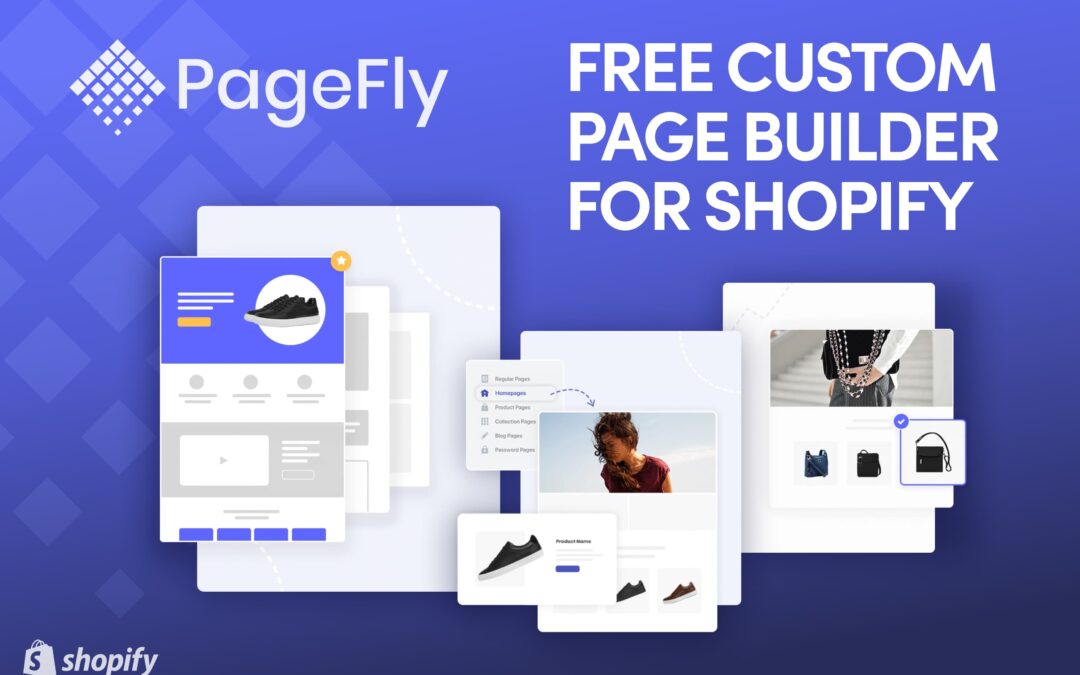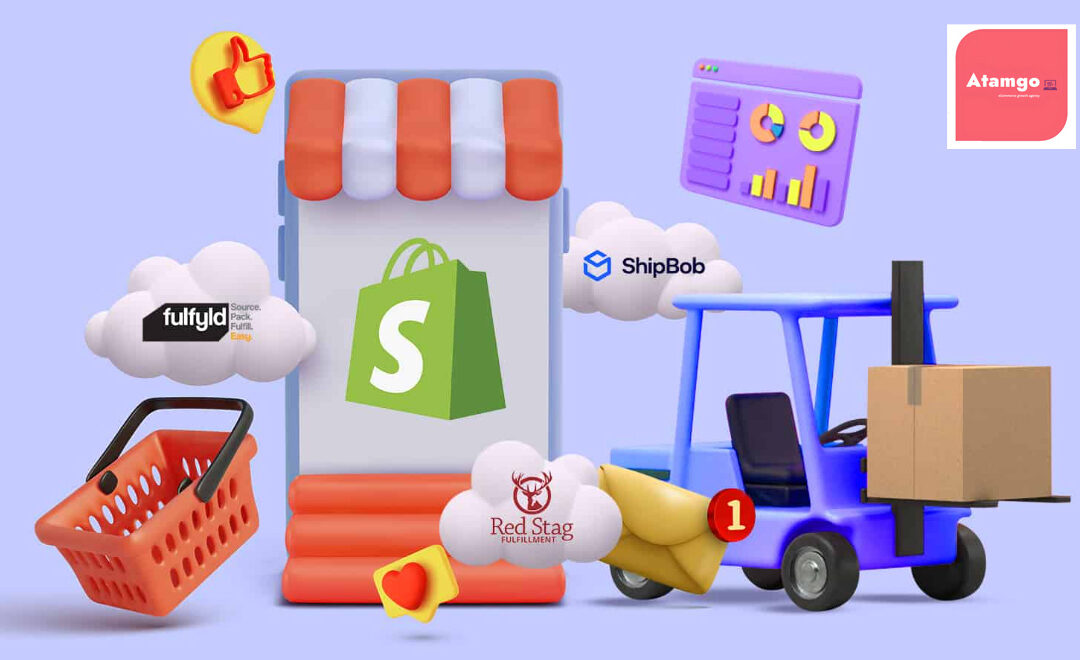
Dec 28, 2022 | Shopify marketing
Source: https://unsplash.com/photos/Px3iBXV-4TU There’s mass adoption of Ecommerce businesses by consumers and retailers for various reasons. For starters, eCommerce stores are more affordable than brick-and-mortar stores. However, competition from other online stores...

Dec 5, 2022 | Shopify Apps
Selling goods online is not something new and inaccessible anymore. This method is used by both large companies and small local businesses all over the world. Due to the relative simplicity of this method of sale, the phenomenon of digital commerce has arisen in the...

Nov 2, 2022 | Shopify marketing
It is no secret that for many Shopify eCommerce stores, conversion rates account for the most lucrative part of their income. In fact, it is often argued that conversion rates are even more important than overall sales volume. What makes this even more frustrating...

Oct 6, 2022 | Shopify Apps
The Growing Demand For mCommerce Mobile commerce is the future of retail. With more than 3 billion mobile users, it is not surprising that more and more people are shopping on their mobiles. The convenience of online shopping from a mobile device has led to an...

Apr 2, 2022 | Shopify Apps
If you want to create a seamless shopping experience for your Shopify buyers that converts you will need to use a powerful drag-and-drop visual product page builder. Pagefly lets you layout custom-made products pages in Shopify utilizing a drag-and-drop editor. It is...







